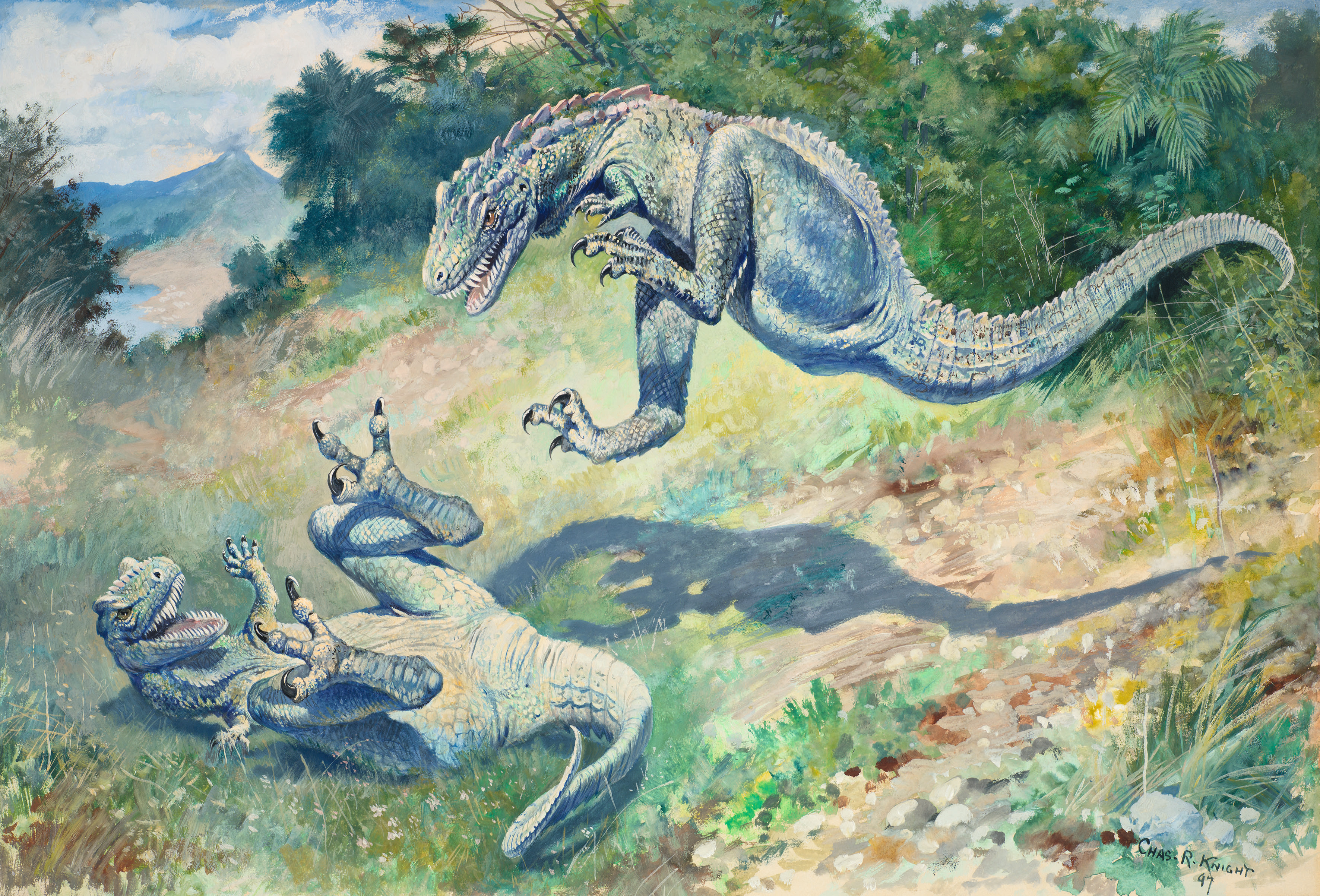|
Haplodectidae
Hapalodectidae (literal translation 'soft biters': ('soft, tender'), ('biter')) is an extinct family of relatively small-bodied () mesonychian placental mammals from the Paleocene and Eocene of North America and Asia. Hapalodectids differ from the larger and better-known Mesonychidae, mesonychids by having teeth specialized for cutting (presumably meat), while the teeth of other mesonychids, such as ''Mesonyx'' or ''Sinonyx'', are more specialized for crushing bones. Hapalodectids were once considered a subfamily of the Mesonychidae, but the discovery of a skull of ''Hapalodectes hetangensis'' showed additional differences justifying placement in a distinct family. In particular, ''H. hetangensis'' has a postorbital bar closing the back of the Orbit (anatomy), orbit, a feature lacking in mesonychids. The postcranial skeletal anatomy of hapalodectids is poorly known, and of the postcranial elements, only the humerus has been described. The morphology of this bone indicates less sp ... [...More Info...] [...Related Items...] OR: [Wikipedia] [Google] [Baidu] |
Life Restoration
Paleoart (also spelled palaeoart, paleo-art, or paleo art) is any original artistic work that attempts to depict prehistoric life according to scientific evidence. Ansón, Fernández & Ramos (2015) pp. 28–34. Works of paleoart may be representations of fossil remains or imagined depictions of the living creatures and their ecosystems. While paleoart is typically defined as being scientifically informed, it is often the basis of depictions of prehistoric animals in popular culture, which in turn influences public perception of and fuels interest in these organisms. The word paleoart is also used in an informal sense as a name for prehistoric art, most often cave paintings. The term "paleoart"–which is a compound of ''paleo'', the Ancient Greek word for "old", and "art"–was introduced in the late 1980s by Mark Hallett for art that depicts subjects related to paleontology, Hallett (1987) pp. 97–113. but is considered to have originated as a visual tradition in early 1800s ... [...More Info...] [...Related Items...] OR: [Wikipedia] [Google] [Baidu] |
